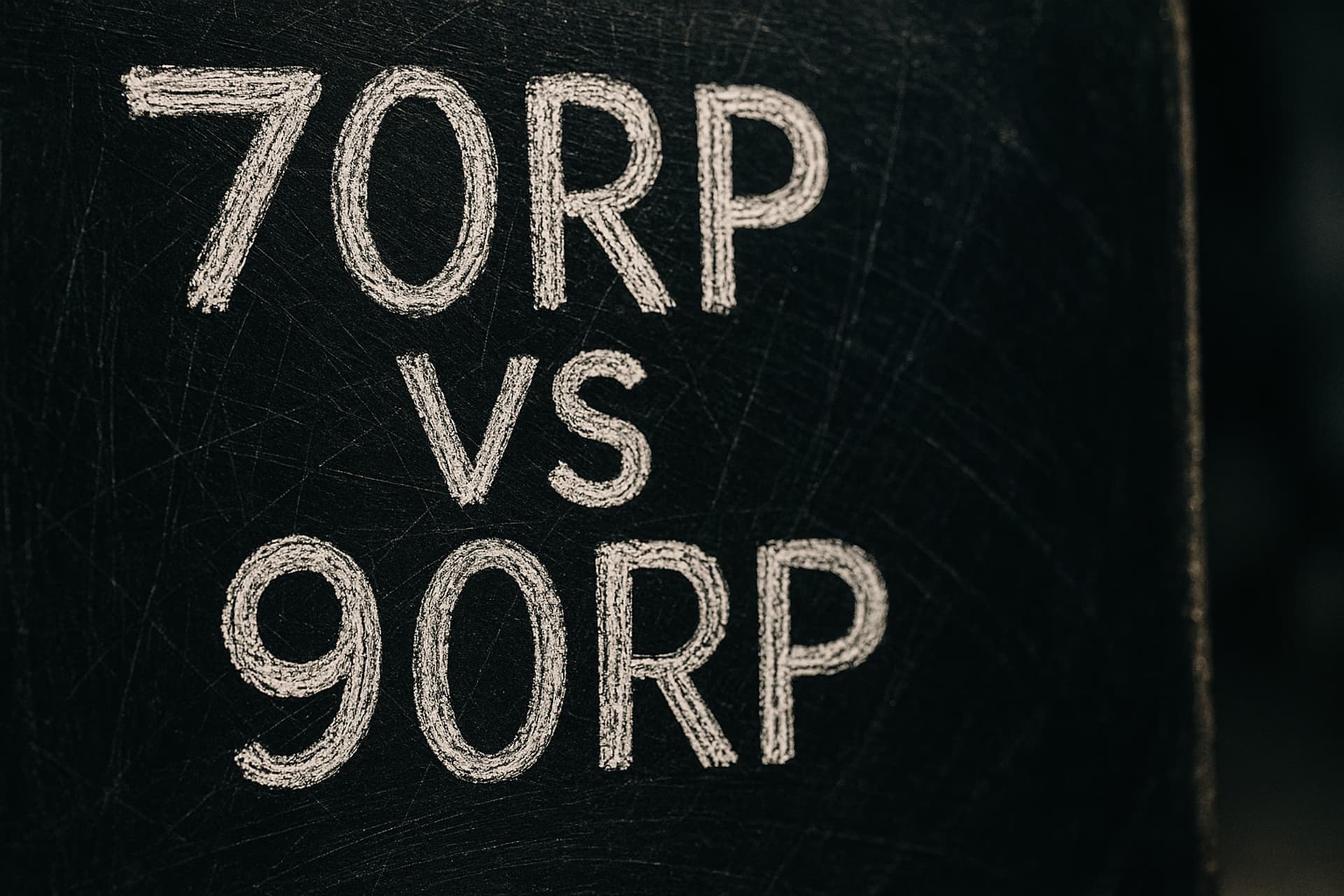O-Level Biology Photosynthesis Limiting-Factor Studio
Download printable cheat-sheet (CC-BY 4.0)07 Nov 2025, 00:00 Z
Reviewed by
Ezekiel Tan·Academic Advisor (Biology)
Want small-group support? Browse our IP Biology Tuition hub.
TL;DR
Photosynthesis tasks connect Section 3 plant nutrition outcomes with MMO precision and ACE explanations about limiting factors.
Practise at least one gas-collection/bubble-count investigation and one indicator-based assay, then translate the data into rate graphs with crisp commentary.
Link Back to the Hub
Rotate this limiting-factor studio with other ecology and enzyme drills via the O-Level Biology Experiments hub so every Paper 3 format stays fresh.
1 | Exam focus
- The syllabus requires candidates to describe how light intensity, CO₂ concentration, and temperature affect photosynthesis (SEAB 2026 syllabus, PDF).
- Paper 3 builds on this by assessing:
- Planning: identifying the limiting factor, setting up controls, and justifying apparatus choices (e.g. data loggers, coloured filters).
- MMO: counting bubbles consistently, measuring colour changes, recording probe readings.
- PDO: tabulating rate data, plotting graphs, labelling axes with units.
- ACE: explaining trends with limiting-factor theory, evaluating reliability, proposing improvements.
2 | Cabomba bubble-count core practical
- Place a freshly cut sprig of Cabomba or Elodea upside down in a beaker filled with 0.2 % sodium hydrogencarbonate solution.
- Position a lamp at 10 cm distance; allow 5 minutes for acclimatisation.
- Count oxygen bubbles released in 1 minute for three consecutive minutes; take the mean.
- Repeat with lamp distances of 20 cm, 30 cm, 40 cm. Keep room temperature constant (cite thermometer use).
- Optional: wrap the beaker in coloured acetate sheets to compare red, blue, and green light.
Record data like this:
| Light setup | Distance / cm | Bubble count (trial 1) | Trial 2 | Trial 3 |




